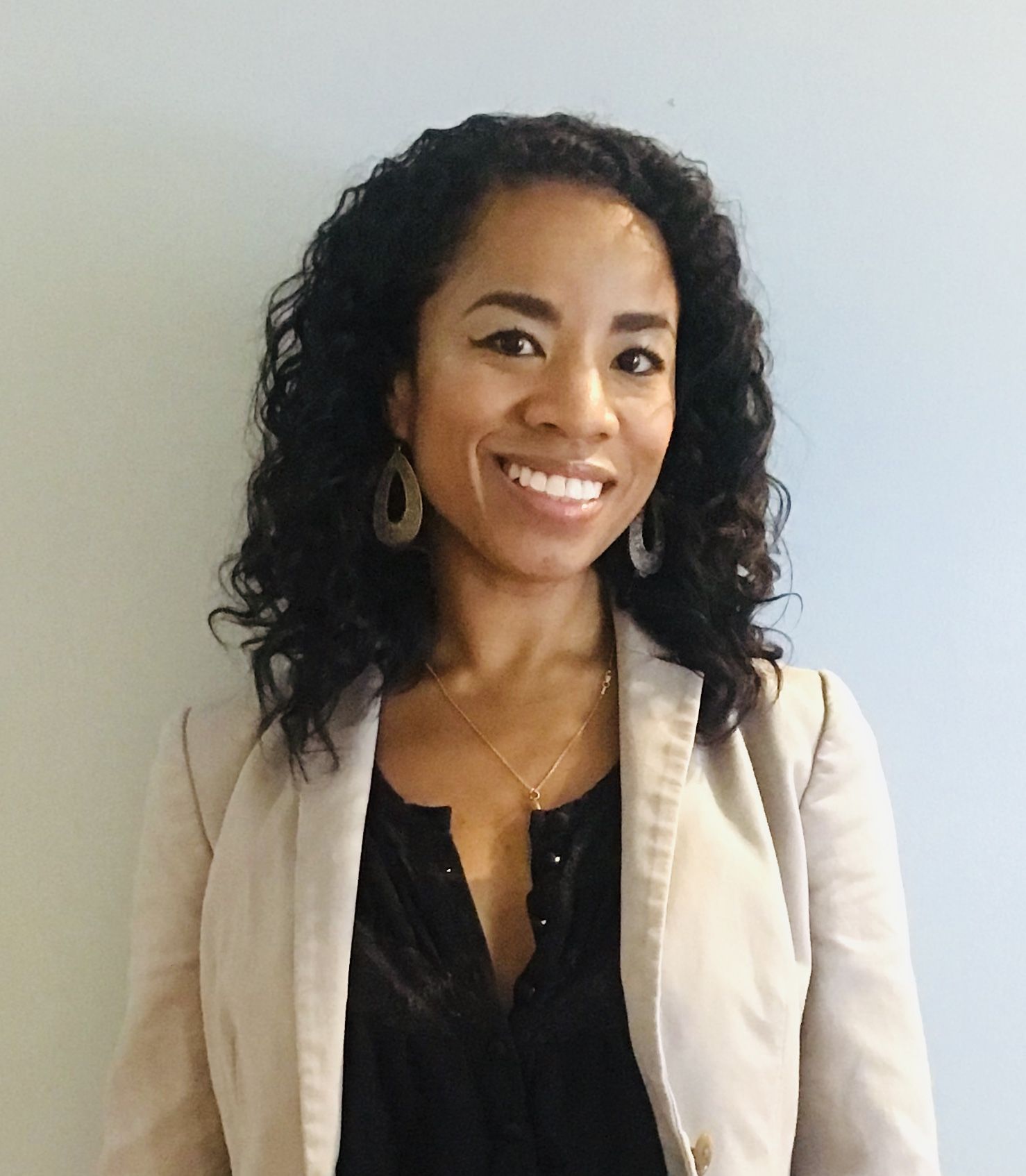The Science of Learning
I was so honored that Kent School gave me the opportunity to attend the CTTL (Center for Transformative Teaching and Learning) Academy for School Leadership in July. It was an invaluable opportunity and helped to set the tone for the start of my Kent School journey. The Kent School team delved into the nuances, challenges, and science of learning. We learned and collaborated with some of the top minds and leaders in education from around the globe. The CTTL is built upon the understanding that neuroscience, psychology, and education are undeniably linked. Julie Wilson, CTTL speaker and author of The Human Side of Changing Education, challenged educators by saying, “I would argue that teachers not knowing how the brain works is no longer an option.” Professional Learning opportunities, like the CTTL Academy, are key to educator development.
One of many memorable CTTL activities was dissecting a sheep’s brain. Yes, it was a little bit gross but a masterfully designed exercise illustrating the staying power of a joyful, relevant, and engaging learning experience. Participants walked away with a better understanding of the limbic system and the symbiotic relationship between emotions and memory in the brain. Social and emotional development plays a tremendous role in tackling the motivational challenges a teacher can face in the classroom. Students today crave an opportunity to have a voice and be valued (like all of us). When students feel a true sense of academic and social belonging, they are able to make themselves vulnerable and take the risks necessary to learn. However, their voices and choices can impact those around them in ways they are not able to anticipate. As educators, our guidance is vital for creating a classroom culture of empathy conducive to learning.
Glenn Whitman and Ian Kellener, authors of NeuroTeach and CTTL Academy leaders, asked educators to consider “What’s worth learning?” and “How do we know it’s been learned?” Not only do we want our students to be able to reach into their working memory but also apply it using their higher-level cognition. And while there is some room for subjectivity in best practices, there are many strategies all educators can agree on that impact student success. One of those resoundingly agreed upon strategies focuses on the power of failure. Great teachers ask their students to fail. Nay, great teachers require it. Only through failure can students truly achieve success. However, purposefully designed opportunities for failure requires a delicate balance between joy and stress to result in a more resilient learner.
As parents who probably experienced a more traditional education, one probably remembers getting grades on their assignments. Now, ask yourself, “How did the grade make me feel? How did it help me become a better student? Did it motivate me or prompt me to reflect?” While the answers may vary, the reality is that grades alone are not an effective form of feedback. Teachers want students to eventually be able to self-assess and reflect on their work efficiently and effectively without prompts. Therefore, students must be provided feedback that provides direction for growth. The process of providing feedback starts by revealing and modeling the goal and should reward students’ efforts. Dylan William, Emeritus Professor of Educational Assessment at University College London and author of Creating the Schools Our Children Need: Why What We’re Doing Now Won’t Help Much (And What We Can Do Instead) reminded us during his presentation that, “Feedback is not meant to improve the work, but improve the student.”
NeuroTeach states educators “have the potential to help students rewire their brains to improve performance, to some, but significant degree.” After gaining a solid understanding of the brain, data collection becomes a necessary next step. Glenn Whitman advocates for the use of data because it “helps move the conversation” when striving for meaningful change. However, teachers must be thoroughly trained to do so successfully. While observation, experience, and intuition, all play their parts in making great educators, we can no longer rely on those skills alone. Beth Morling, Professor of Psychological and Brain Sciences at the University of Delaware and author of Research Methods in Psychology: Evaluating a World of Information pointed out, “the power of perception can influence our choices.” Perception is not based in fact. Data collection can support perception but could also refute it. Shouldn’t educators be obligated to make the most informed-based decision possible about their teaching practices?
Educators, like neurons, play a part in a much bigger system where it is necessary to connect and collaborate to draw from the collective expertise. Educators need to utilize each other’s strengths and knowledge, because studies demonstrate collective efficacy is “strongly and positively associated with student achievement (The Power of Collective Efficacy, Donohoo, Hattie, & Rachel Eells, 2018).” Educators and neurons alike must constantly rewire and readjust for the conditions in their environments. When educators believe in and support each other, students ultimately benefit.
In 1949, Donald Hebb, Neuropsychologist, couldn’t have known, the full impact of his statement, “Neurons that fire together, wire together.” Today, it serves as a relevant analogy for the power of teachers’ collaborative efforts and the brain in the field of education. The CTTL taught us that the entire educational community must embrace the Mind, Brain, and Education philosophy. I left the CTTL feeling refreshed, reinvigorated and ready to share my newfound knowledge and invoke the power of YET!
Jenny Cernak
Assistant Head of School for Academics

Jenny Cernak
Assistant Head of School for Academics
